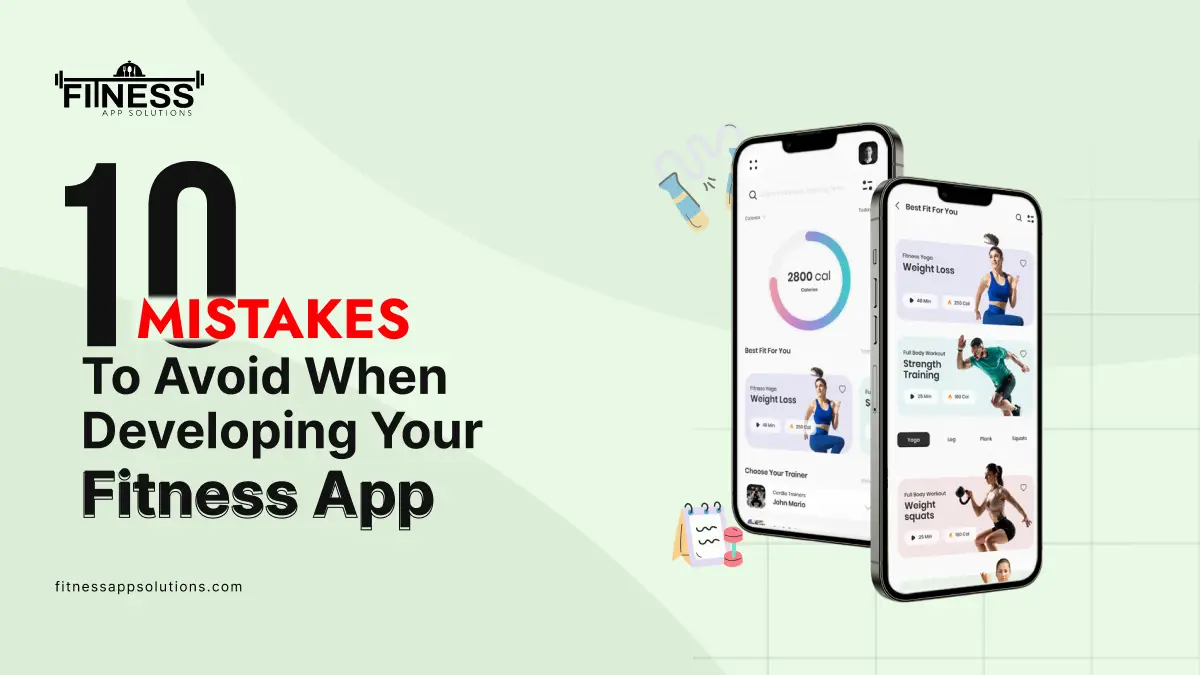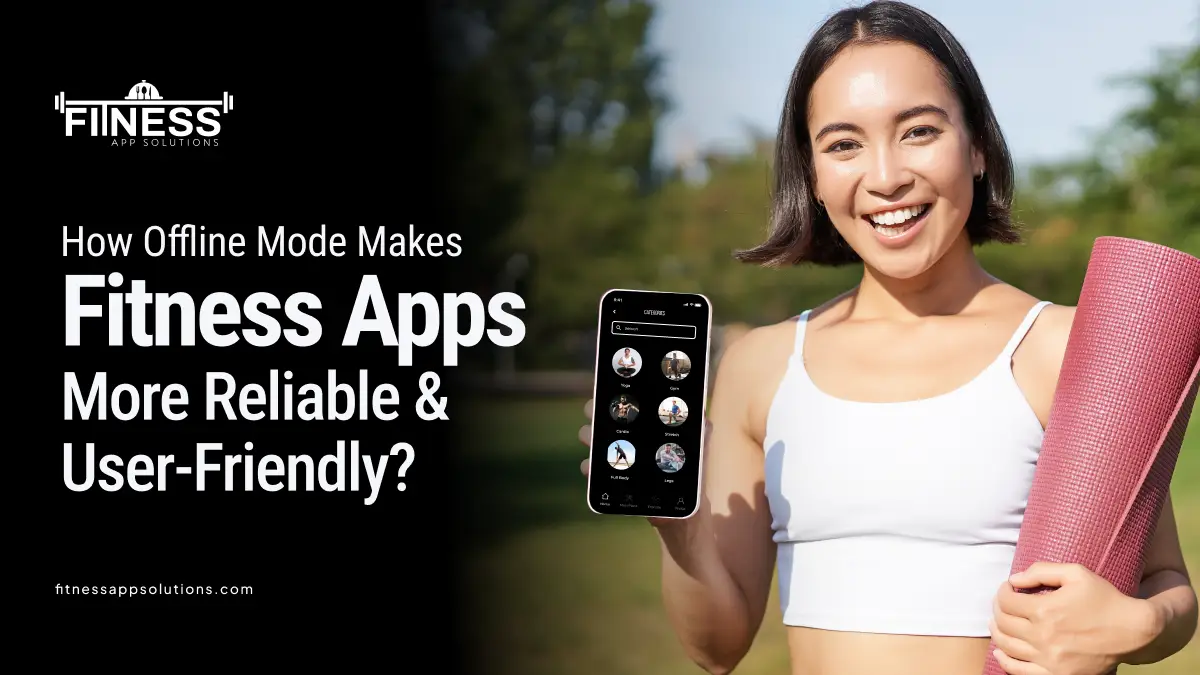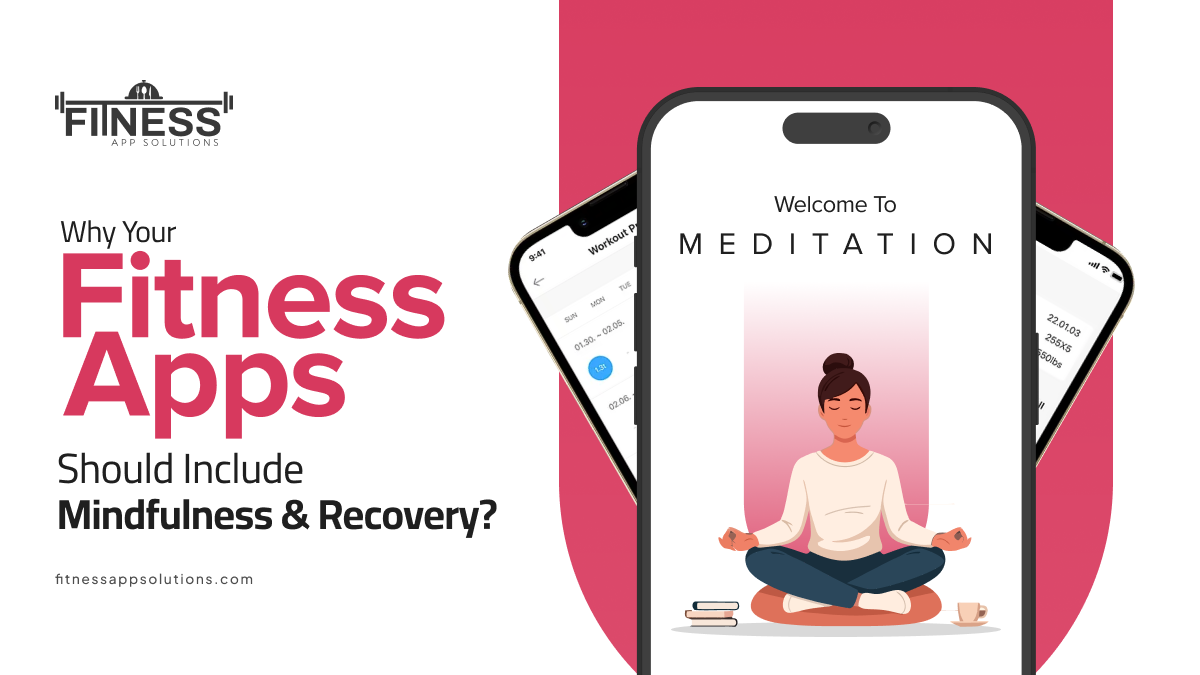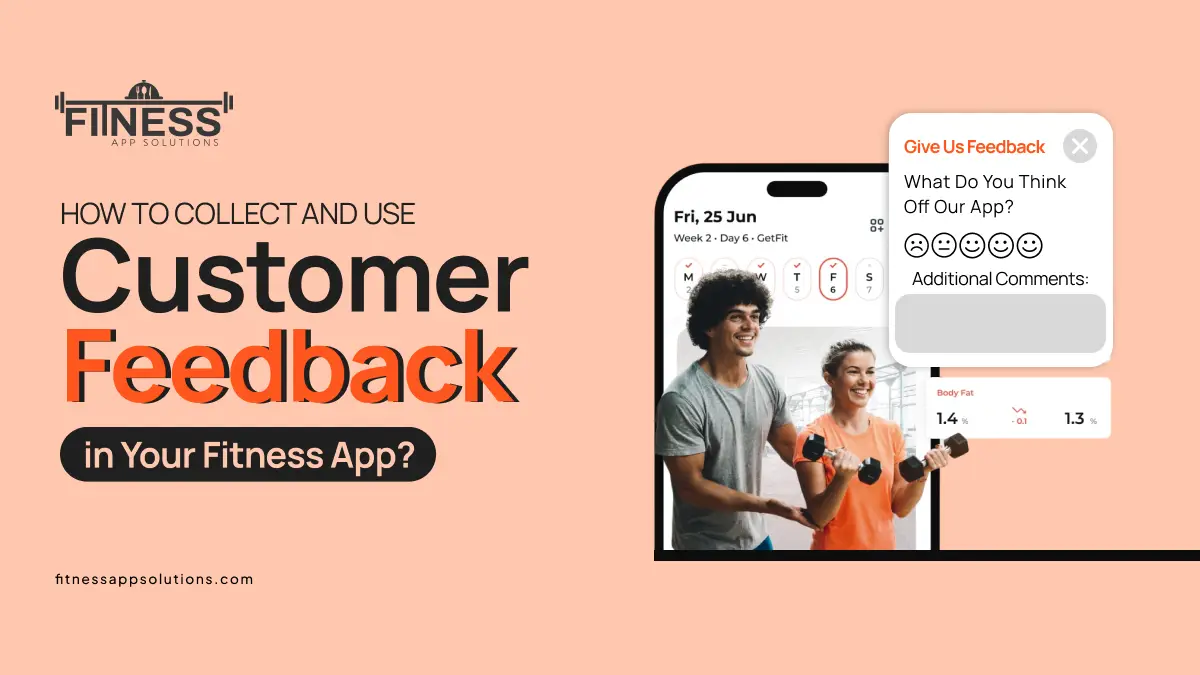Thousands of health and fitness apps are downloaded every day. What is the reality, though? Many of the applications do not capture the users and are soon uninstalled. What is the difference between the successful apps and the others? It is important to know the pitfalls when you develop a fitness app so that the app not only draws users to it but also keeps them coming back. This blog will discuss the ten most common errors fitness app developers commit when building fitness apps and give practical tips to prevent them.
What are the Common Fitness App Mistakes?

Here are some common mistakes fitness app development companies made:
1. Not Having a Clear Unique Value Proposition
Knowing Your Value Proposition
Among the most frequent failures in developing fitness apps is not defining a sharp unique value proposition (UVP). A strong UVP sets your app apart from alternatives and provides users with a rationale to select your app instead of others.
- Define Unique Benefits: What are your app’s unique strengths?
- Market Differentiation: In what way does your app vary from alternatives?
- User-Centric Features: Are there more features that add to user experience?
Bonus Tips to Decide the Value Proposition
- Know Your Target Audience: Determine your ideal users’ demographics and fitness objectives.
- Assess Competitors: Learn from successful apps to see gaps you can step in.
- Emphasize User Benefits: Show how your app enriches users’ fitness experiences.
- Try Out Your Proposition: Get people’s opinions via surveys or beta testing.
2. Poor User Experience (UX) and Design
Significance of UX Design
A perplexing interface will scare off users in no time. Busy professionals and health enthusiasts require an intuitive design that makes it easy for them to navigate.
How to Design a User Interface That Excites Users
- Keep It Simple: Do not overwhelm users with a plethora of choices.
- Prioritize Key Features: Place key features within easy reach.
- Use Visual Cues: Employ icons and color coding for easy navigation.
- Ensure Consistency: Have consistency in the design elements.
3. Too Little Personalization and Engagement
The Need for Personalization
Personalized fitness apps have the ability to enhance user engagement. A one-size-fits-all approach is more likely to result in increased dropout rates.
Best Ways to Personalize Your Fitness App
- Dynamic Exercise Routines: Enable users to establish fitness goals and design individualized routines.
- Meal Planning Suggestions: Customize meal plans according to dietary preferences.
- Goal Setting and Monitoring: Allow users to set and view their fitness goals.
- Behavior-Based Reminders: Provide personalized reminders and motivation.
4. Inability to Build a Sense of Community
Creating a Sense of Community in Your App
Fitness is usually a path best taken together. Most apps do not create a sense of community, causing the users to become isolated.
How to Create a Powerful Community
- In-App Social Features: Allow users to connect and update each other’s progress.
- Gamified Challenges: Add competition to encourage users.
- Live Workouts: Provide group classes to create more engagement.
- User-Generated Content: Give users the option to share their fitness journey.
5. Ineffective Monetization Strategy
Importance of a Monetization Strategy
A bad monetization strategy can be a recipe for financial distress. Finding the right balance between profitability and user accessibility is crucial.
Common Monetization Blunders to Steer Clear OF
- High Paywalls Too Early: Don’t charge users upfront without a trial.
- Too Much Advertising: Over-advertising will annoy users.
- One-Size-Fits-All Pricing: Provide flexible pricing models to address various user segments.
Successful Monetization Strategies
- Freemium Model: Provide basic functionalities for free and charge for premium content.
- Subscription-Based Revenue: Have monthly or annual subscription models.
- In-App Purchases: Let users purchase additional content or features.
6. Neglecting Frequent Updates and User Feedback
Value of Ongoing Improvement
Most developers create their app and think that they are done. Ongoing updates are important to succeed in the long run.
Why Regular Updates Are Important
- Keeps Your App Fresh: Keep up with emerging trends and user demands.
- Improves Security: Updates safeguard user information.
- Corrects Bugs: Provide a seamless user experience by solving technical problems.
7. Failure to Integrate with Wearable Devices
Why Integration with Wearable Devices Matters?
Wearable technology continues to gain momentum. Not integrating with wearables such as smartwatches can discourage user interaction.
Why Wearable Device Integration is Essential?
- Encourages User Interaction: Live data makes users interact continuously.
- Offers Correct Health Metrics: Automated monitoring of vital statistics enhances user experience.
- Enhances Personalization: Real-time health stats enable personalized recommendations.
8. Ineffective Marketing and Wrong Targeting
Need for a Marketing Strategy
The best app can be unsuccessful without marketing. A planned strategy is necessary for user acquisition and retention.
Typical Marketing Failures
- No Well-Defined Target Audience: Identify your target users.
- Lack of Pre-Launch Hype: Create buzz prior to launch.
- Weak App Store Optimization (ASO): Make your app more visible in app stores.
How to Effectively Market Your Fitness App
- Define and Target the Right Audience: Pinpoint demographics and fitness objectives.
- Create Pre-Launch Buzz: Hint at features and provide early access.
- Use Social Media: Interact with users via Instagram and TikTok.
9. Neglecting Data Security and Privacy Issues
Necessity of Data Security
As users are uploading sensitive health information, data security is a non-negotiable aspect. Compromise can result in loss of trust and legal action.
Best Practices for Data Security
- End-to-End Encryption: Secure data during transmission.
- Compliance with Regulations: Meet GDPR and HIPAA regulations.
- Transparent Privacy Policies: Provide transparent information on how user data will be handled and secured.
Building Trust with Users
- User Control: Provide users with control over their privacy settings and data sharing options.
- Regular Security Audits: Perform frequent audits to detect and fix weaknesses.
- User Education: Educate users on the significance of data security and measures to secure their information.
10. Inadequate Testing and Quality Assurance
Significance of Thorough Testing
Most developers complete the test phase in haste, and bugs and performance issues surface, causing frustration to the users. Less testing causes poor reviews and high churn.
Important Areas to Pay Attention to During Testing
- Cross-Device Compatibility: Make sure the app works well across devices and screen sizes.
- Performance Testing: Test the app across different network scenarios to ensure smooth performance.
- User Acceptance Testing (UAT): Have actual users participate in the testing to get a gauge on usability and functionality feedback.
Effective Testing Strategies
- Automated Testing: Use automated testing tools to make the process more efficient and find problems earlier.
- Beta Testing: Release a beta to a limited set of users to find bugs and receive feedback prior to general release.
- Continuous Integration: Take a continuous integration strategy to frequently test and release updates, maintaining continuous quality.
Conclusion
It is where a successful fitness app diverges from a failed one, and that is in sidestepping pitfalls and employing strategic solutions upfront. By making your app have a compelling value proposition, simple user experience, personalization, and sense of community, you lay the groundwork for long-term success.
If you are willing to create a fitness app that actually makes a difference, think about getting an ally with a fitness app development company that can assist you in managing these challenges in the most effective manner.
Frequently Asked Questions (FAQs)
What are the most prevalent mistakes to avoid when developing a fitness app?
Avoid skipping market research, overloading the app with features, and neglecting user experience. Personalization is key, and overlooking data privacy can damage user trust. Also, failing to test across devices or ignoring platform guidelines can lead to rejections, poor reviews, and ultimately, lost users.
How important is community in a fitness app?
Community is highly important in a fitness app because it creates motivation, accountability, and user interaction. Those apps that implement social elements, including challenges and forums, retain users longer.
What is the optimal way to monetize a fitness app?
The most effective monetization model varies based on your user base. Popular models are freemium, subscription, and in-app purchase. Providing a combination of these can appeal to various users.
Can AI actually enhance the user experience within a fitness app?
Yes, AI can be used to advance user experience through personalized workout suggestions, monitoring progress, and adjusting plans upon receiving feedback. This degree of customization has the potential to greatly increase user engagement.
What technologies are critical for developing fitness apps?
Mobile development frameworks (such as React Native or Flutter), backend services (such as Firebase or AWS), and APIs to connect wearable devices and health data are key technologies.
How do I keep my fitness app secure?
Use end-to-end encryption, follow data protection guidelines (such as GDPR and HIPAA), and regularly perform security audits. Being transparent with users regarding data usage also helps establish trust.
Why is user feedback crucial once a fitness app has been released?
User feedback is vital for continuous improvement. It helps identify bugs, understand user needs, and adapt features accordingly. Regularly engaging with users can lead to higher satisfaction and retention rates.



